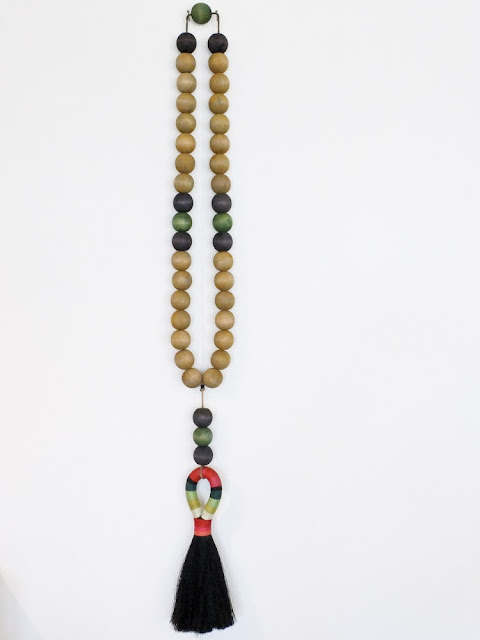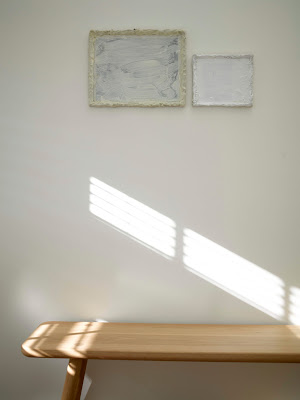As I write this our new shipment of Fredericks and Mae is swooping across the globe, safely lashed with horse hair to a bamboo and rice paper kite emblazoned with dried flowers. We always look forward to this delivery from Brooklyn NY, and so do our patrons, as whatever we get always leaves the shop before it goes on the wall.
Up until now we have only stocked their Worry Beads, which are clearly made for those with big worries, as they knock out just over a meter of wall space. Traditionally worry beads or kombolói, are a string of beads manipulated with one or two hands and used to pass time in Greek and Cypriot culture. Your hands would have to be freakishly large to use these beads in this way. These ones are made from wood, pigment, thread and horse hair and are just for show.
This time around we have got them to send some ceremonial kites (not for flying) that they make from bamboo, rice paper, pressed flowers, waxed cord, and gold thread. These are going to look amazing on the wall and like the Worry Beads provide a great alternative to the square or rectangular picture.
They have also sent us a few games for in and out of doors.
Keep an eye on our Facebook page for news of when the shipment is here. Sometime this week!






















